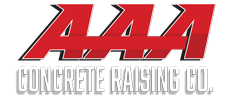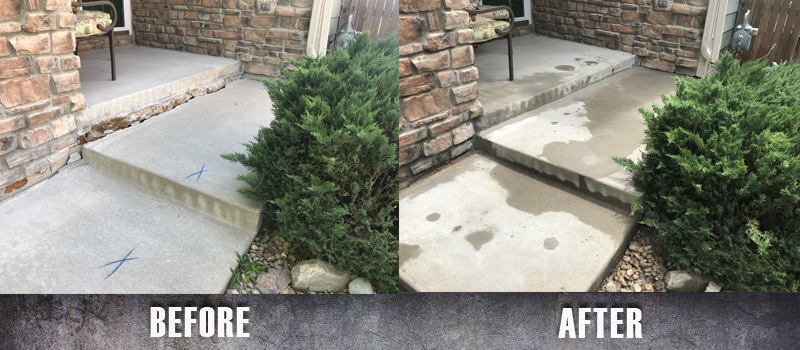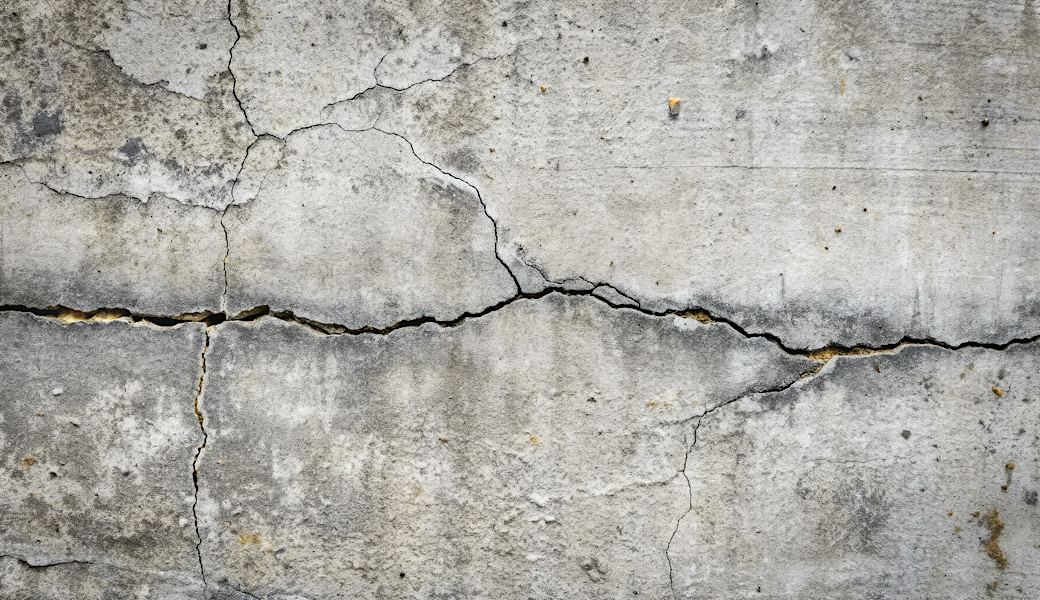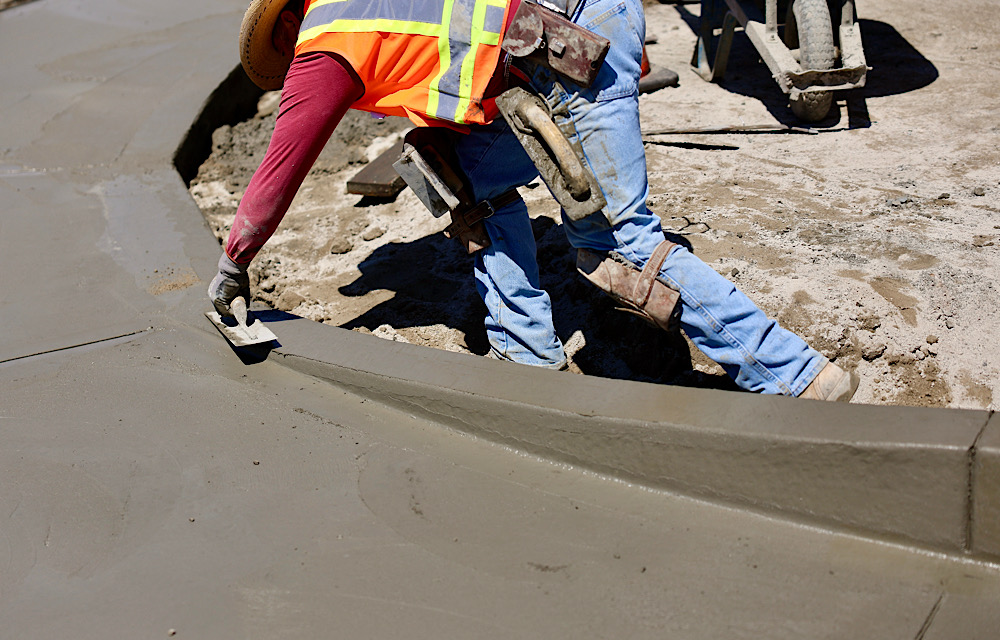Pride, Trust, Workmanship, Experience (32 years), In House Invented Equipment, Integrity
Why We Are #1 in Colorado:
“Bigger is Better”
Family-owned and operated since 1988, AAA Concrete Raising Company brings the “monster” truck of the industry to every job. It carries about ten yards of materials (sandy loam soil), about two times more than our competitors. So we’ll always have enough materials on hand to get the job done thoroughly.
We’ve installed a backhoe to eliminate the need to hand shovel. No other concrete company provides this technology and you don’t have to worry about the truck damaging your property in any way; it remains on the street at all times.
An experienced mudjacking contractor knows how important it is to pump the proper thickness of mud slurry. Often, the thickness is changed several times when raising a slab correctly. AAA has a portable pump that is designed for mudjacking. With our shorter pump hose, we can change the thickness of our slurry much faster and more efficiently. Others are stuck with a lot of material in a long hose that could be the wrong thickness. Pumping the wrong thickness of slurry often leaves cavities under the slab and could even break the slab during concrete leveling.
We offer specialized, state of the art equipment that we have personally developed.
Our Customers Say
AAA Concrete Raising is as good as it gets for fixing sinking patios! I had a severely sinking patio/stairs in my backyard where it was actually getting dangerous just to step outside due to the drastic drop. I contracted with a polyurethane company to inject foam and thereby lift the concrete slabs. Big Mistake!!
I thought I was faced with having to completely remove and replace the concrete floor, which would involve removing some interior walls. Then I called Howard and he came out and told me he could fix it. The cost was very reasonable and he and his crew came out exactly at the time he promised. They did a fantastic job! I highly recommend AAA Concrete Raising Company. I was totally satisfied!
Latest News
The Advantages of Professional Mudjacking: Why It’s Worth the Investment
Concrete surfaces, such as driveways, patios, sidewalks, and garage floors, are integral to the overall structure of homes and businesses. In Denver, where the climate can be harsh and unpredictable, shifting soil and freeze-thaw cycles
Signs Your Concrete Needs Repair: How to Spot Early Issues
Concrete is a durable and widely used material in construction, but it isn’t immune to wear and tear. Over time, the ground beneath concrete slabs can shift, causing issues that, if left untreated, can lead
Preparing Your Driveway for Winter
As winter approaches, Denver homeowners must take proactive steps to prepare their driveways for the season's harsh conditions. The combination of freezing temperatures, snow, and ice can cause significant damage to driveways, leading to costly








